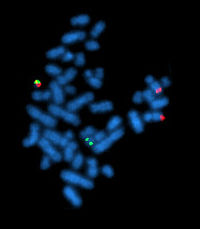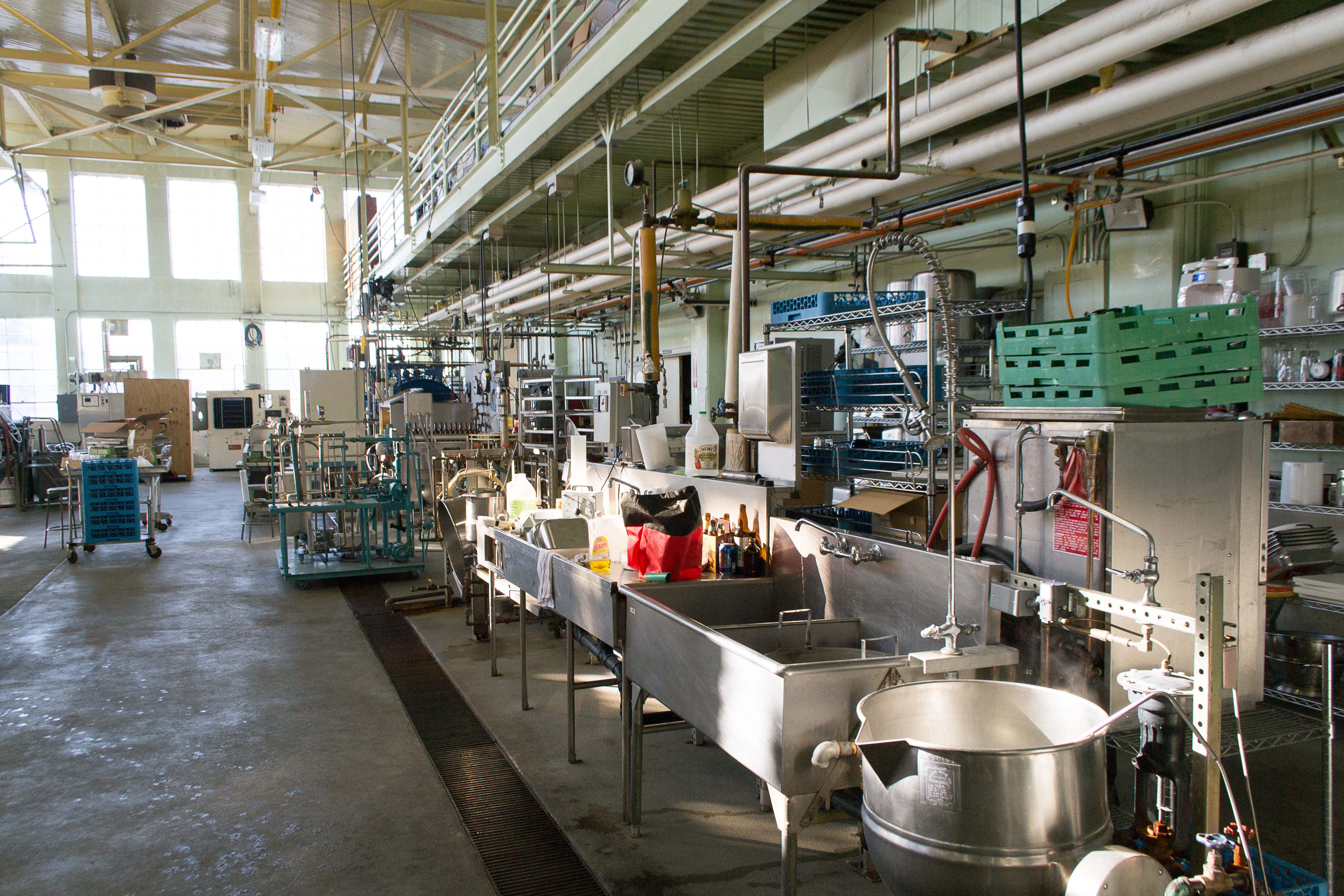
Anaemia in Children Receiving Home Parenteral Nutrition: A Common Problem?
Sign Up to like & getrecommendations! Published in 2022 at "Journal of Pediatric Gastroenterology and Nutrition"
DOI: 10.1097/mpg.0000000000003426
Abstract: ABSTRACT Objectives: Children receiving home parenteral nutrition (HPN) are at risk of iron deficiency anaemia. Our aim was to determine the incidence of iron deficiency anaemia in paediatric HPN and efficacy of each therapeutic approach.… read more here.
Keywords: hpn; home parenteral; nutrition; children receiving ... See more keywords

Prognostic factors in patients in the terminal phase of haematological malignancies who are receiving home medical care
Sign Up to like & getrecommendations! Published in 2022 at "British Journal of Haematology"
DOI: 10.1111/bjh.18623
Abstract: Although there are many prognostic models for patients in the terminal phase of solid tumours, a reliable prognostic scoring system in patients in the terminal phase of haematological malignancies (HM) has not been established. We… read more here.
Keywords: phase haematological; patients terminal; terminal phase; risk ... See more keywords

Home care aides’ observations and machine learning algorithms for the prediction of visits to emergency departments by older community-dwelling individuals receiving home care assistance: A proof of concept study
Sign Up to like & getrecommendations! Published in 2019 at "PLoS ONE"
DOI: 10.1371/journal.pone.0220002
Abstract: Background Older individuals receiving home assistance are at high risk for emergency visits and unplanned hospitalization. Anticipating their health difficulties could prevent these events. This study investigated the effectiveness of an at-home monitoring method using… read more here.
Keywords: home; risk; assistance; home care ... See more keywords

Antimicrobial Locks in Patients Receiving Home Parenteral Nutrition
Sign Up to like & getrecommendations! Published in 2020 at "Nutrients"
DOI: 10.3390/nu12020439
Abstract: Catheter-related bloodstream infection (CRBSI) is one of the most common and potentially fatal complications in patients receiving home parenteral nutrition (HPN). In order to prevent permanent venous access loss, catheter locking with an antimicrobial solution… read more here.
Keywords: parenteral nutrition; catheter; patients receiving; home parenteral ... See more keywords